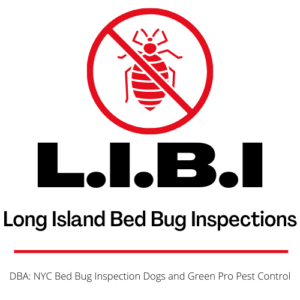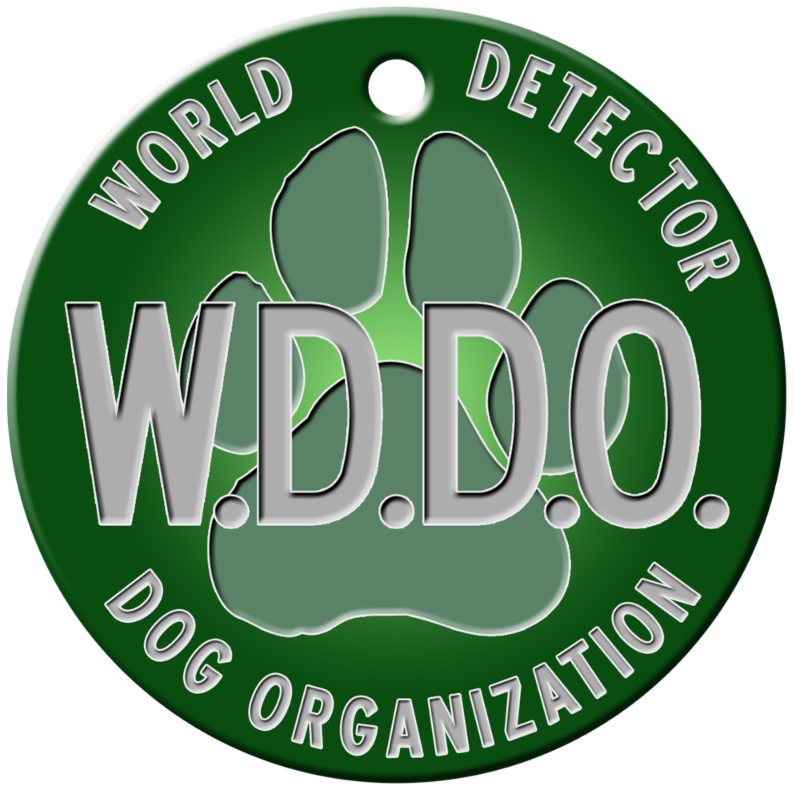Pets are a vital part of the American household. They provide companionship, love and joy to families throughout the country. However, lurking beneath the cat blankets and nestled within the doggy beds an insidious threat often hides – bed bugs.
These tiny blood-sucking parasites not only infest our homes, they can also pose a significant risk to us and our pets. While we tend to narrow our focus to bed bugs and their relation to human hosts it’s important to also consider the intersection of bed bugs and household pets.
Understanding Bed Bugs
Bed bugs are small, reddish-brown insects that feed on the blood of warm-blooded animals. The bed bug’s preferred host is the human being, but they are not averse to feeding on cats and dogs as well.
Despite their name bed bugs are rarely confined to beds or bedrooms. They can, and will, invade all areas of a home. They will even infests common household items like furniture, clothing, and carpeting. Preferring to hide by day, these pests typically emerge at night to feed on their unsuspecting hosts.
The Risk to Household Pets
While bed bugs primarily target humans household pets are not immune to their presence. Dogs and cats often serve as unwitting carriers, transporting the pests throughout the home. Bed bugs may hide in cat beds and dog crates, using the locations as safe harbors. Moreover, pets with thick fur provide ample hiding places for bed bugs, making detection and eradication efforts even more difficult.
The presence of bed bugs in a home can cause various health concerns for small pets. Repeated bites can lead to allergic reactions, dermatitis, and skin irritation in more sensitive animals. Excessive scratching and licking can result in secondary infections, raising the levels of discomfort for cat and dogs. Constant exposure to bed bugs can also cause stress and anxiety in pets, impacting their overall health and well-being.
Preventative Measures
Preventing bed bug infestations in homes with pets requires a multifaceted approach. A successful approach includes the following:
-
Regular inspection and cleaning of pet bedding, blankets, and toys. This is an essential step in identifying any potential bed bug hot spots.
-
Regular washing of pet bedding and pet toys. Bedding and blankets should washed in hot water and dried on the highest setting. This will help to kill and bed bugs or eggs that may be present.
-
Regular cleaning and vacuuming of the home (including all pet areas) can help to ward off infestations. Steam cleaning furniture and carpets is also an effective way to kill bed bugs at all stages of their development.
-
Maintaining a clutter-free environment is also key to minimizing bed bug infestations. Seal any cracks and crevices in walls and furniture to eliminate possible hiding places for pests. This makes it harder for bed bugs to establish a foothold in the home.
-
When traveling with pets be vigilant. Carefully inspect hotel rooms and vacation rentals before settling in. Bed bugs are champion hitchhikers and will happily latch on to pet bedding and animal carriers.
Treatment Options
If a bed bug infestation is discovered it is important to take prompt action to mitigate the impact on both humans and pets. Calling in a professional bed bug inspection and removal service is key. They can asses the situation accurately and recommend the most appropriate and effective treatment options. Typically these will include insecticide applications, heat treatments, or a combination of the two.
Naturally, pet owners will want to exercise caution whenever chemical insecticides are used in the home as they can sometimes pose a health risk to pets. Your pest control expert should be able to advise you on a safe and effective treatment program. If any concerns remain consult a veterinarian before deciding on your preferred treatment options.
Conclusion
Bed bugs pose a unique challenge to households with pets, as these parasitic insects can affect not only human residents but also their furry companions. Understanding the signs of bed bug infestations in pets and implementing effective mitigation and prevention strategies are crucial steps in safeguarding animal health and well-being. By remaining vigilant, proactive, and informed, pet owners can minimize the impact of bed bugs on their beloved companions and create a safer, more comfortable environment for all members of the household.
Published by Scott Palatnik
If you believe you’ve brought bed bugs into your home or office give us a call. We can Help!
Now with 2 locations. On Long Island @516-619-6149 or in NYC @ 212-299-9186
We are Long Island Bedbug Inspections
Your Bedbug Inspection and Elimination Solution


